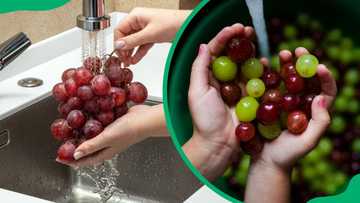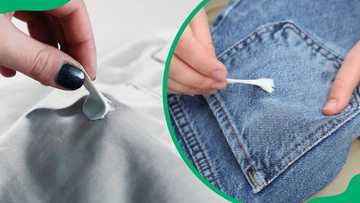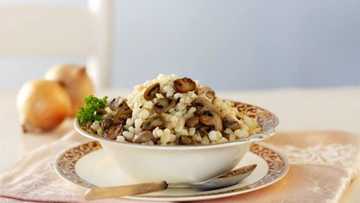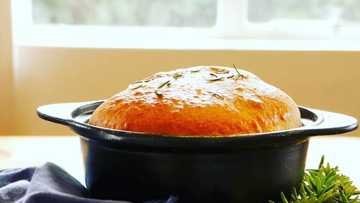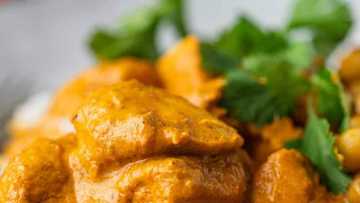How to pick a watermelon: Sweet and ripe every time
Watermelon is inarguably a healthy and refreshing treat in the summertime, yet everyone has a different opinion on picking out a ripe watermelon. Knowing what to look for when picking a watermelon is crucial if you want a sweet, juicy fruit bursting with flavour. Here is an ultimate guide on how to pick a sweet watermelon.
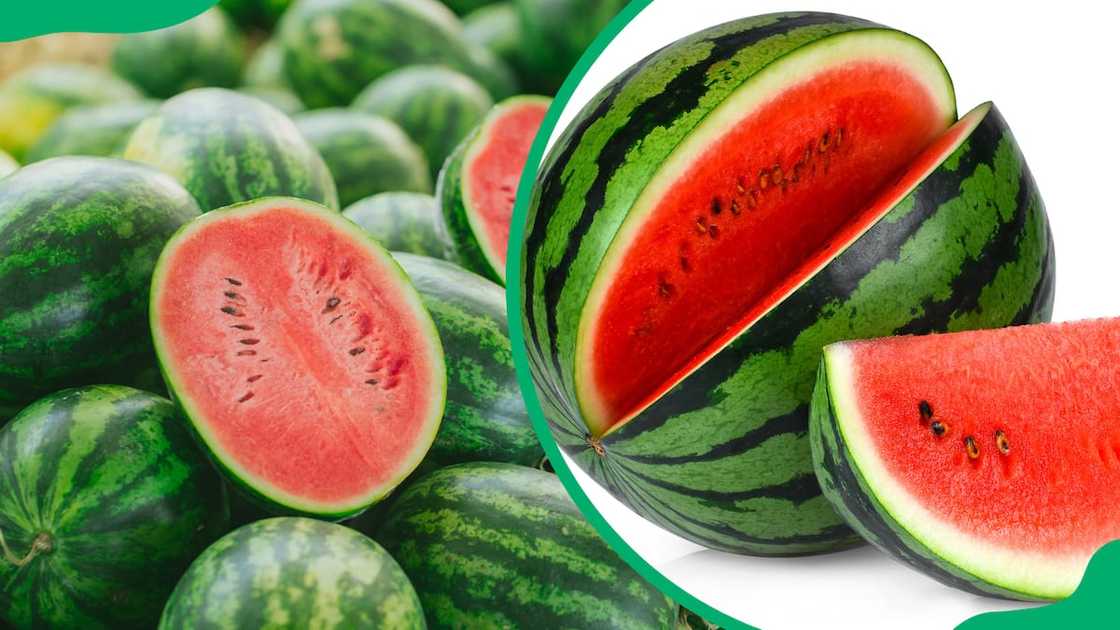
Source: Getty Images
TABLE OF CONTENTS
Watermelon is a juicy and sweet fruit, and many view it as a perfect treat to quench your thirst during the summer heat. This fruit contains various nutrients, including potassium, magnesium, and vitamins A and C. It is also relatively low in calories. Here is everything you need to know on how to find a good watermelon. Nom nom nom!
How to pick a watermelon
A good watermelon is a staple, healthy summer snack, so knowing how to pick one is essential, whether at the grocery store or the local farmer's market. With these simple tips, you can choose the perfect, sweetest, and crispest watermelons every single time.
1. Check the colour and texture
Watermelon colour meaning vary depending on its ripeness, quality, and type. A perfectly ripe watermelon should have dark and dull skin. Ensure the surface is smooth and firm to the touch. If the skin looks pale or shiny, it is not ripe. Pale colour or soft spots might suggest the melon is overripe or spoiled.
2. Find the field spot
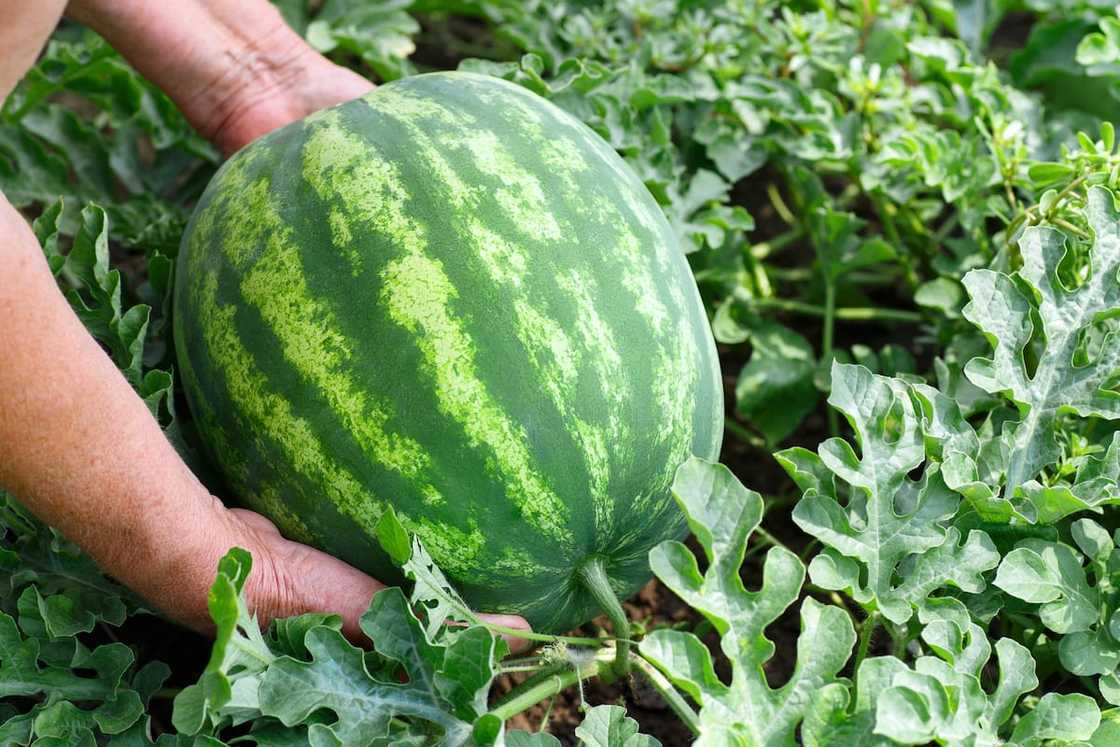
Source: Getty Images
Besides cutting open a watermelon to see the inside, the field spot is perhaps the best indicator of the ripeness. The field spot is the area where the watermelon rested on the ground. A ripe watermelon will have a creamy yellow or orange field spot, which indicates that it is full of flavour.
A large yellow spot indicates that the watermelon spent more time ripening on the vine and should be sweeter. This spot on the underside of the fruit means it sat on the ground and was allowed to ripen naturally before being picked from the vine. Avoid watermelons with white or no field spot, as they are likely underripe.
3. Check for sugar spots
Sugar spots, also known as sugar webbing or sugar veins, are dark brown rough patch, or webbing, that looks almost like dirt on the surface of watermelon. These spots indicate that the fruit has a high sugar content and is likely to be sweet and flavourful.
4. Inspect the stem
Some people believe the stem colour can tell if a watermelon is ripe. A dried-up and yellow-brown stem is a good sign that the watermelon has fully ripened. A green stem may signify that the watermelon is not yet ripe and will lack flavour and sweetness.
5. Knock on it
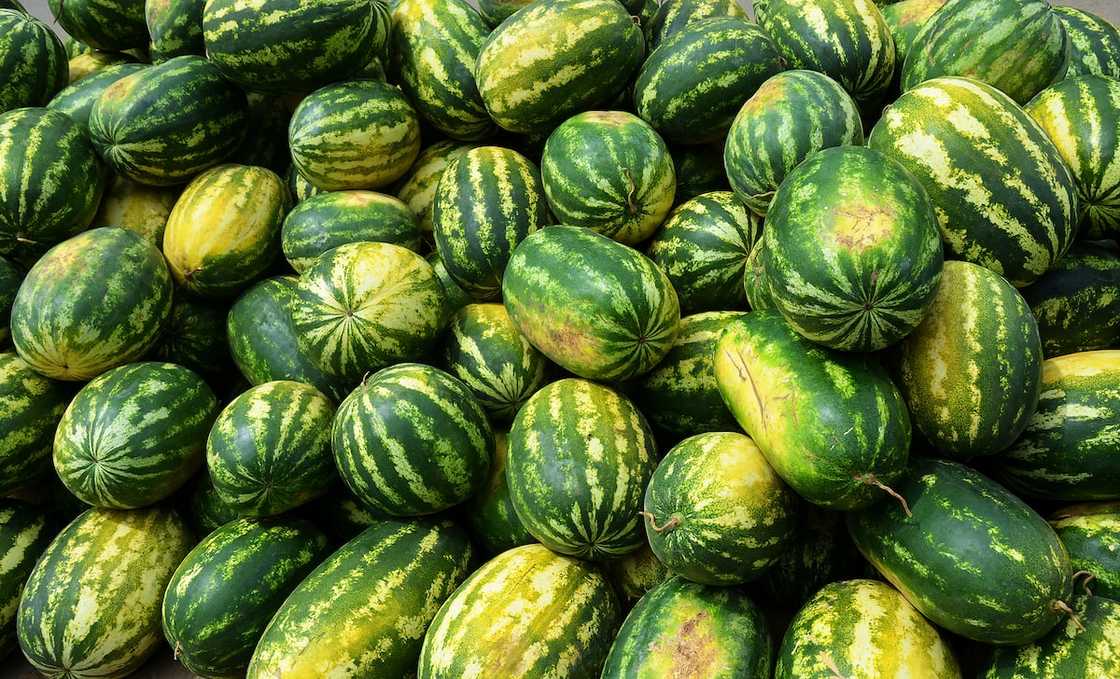
Source: Getty Images
For professionals, the thumping technique is one of the most famous methods for assessing watermelon ripeness. Though this method is subjective, it is very popular among watermelon enthusiasts. A ripe watermelon will produce a deep, hollow sound. If your knock sounds higher-pitched and denser, it may signify that your rind is too thick, and your fruit has not fully ripened to its optimal state.
6. Choose the heaviest one for its size
How do you tell if a watermelon is good? A ripe watermelon should feel heavy for its size. Compare a few watermelons of the same size and choose the heaviest one, as it will have more water content and be juicier.
7. Look for a uniform shape
When choosing a watermelon, choose the one with a uniform shape and symmetrical appearance. Whether the watermelon is round, or oval does not matter as long as it is consistent. Irregular bumps may indicate uneven ripening or improper growing conditions, which can affect the taste and texture of the fruit.
8. Assess its firmness
Checking the firmness of a watermelon is one of the signs of a good watermelon. The firmness of the watermelon refers to the resistance of the rind or skin. A ripe watermelon should have a thick rind that does not give easily when pressured. The ones that do are generally overripe. Also, if you scratch it with your thumbnail, you should not be able to cut through it.
9. Buy local and in-season
Watermelons are typically in season during the summer. Buying them in season increases the likelihood of getting a ripe, the best quality and sweet one. Make sure to purchase locally grown watermelons, as they are likely fresher and more flavourful than those shipped long distances.
Watermelon varieties
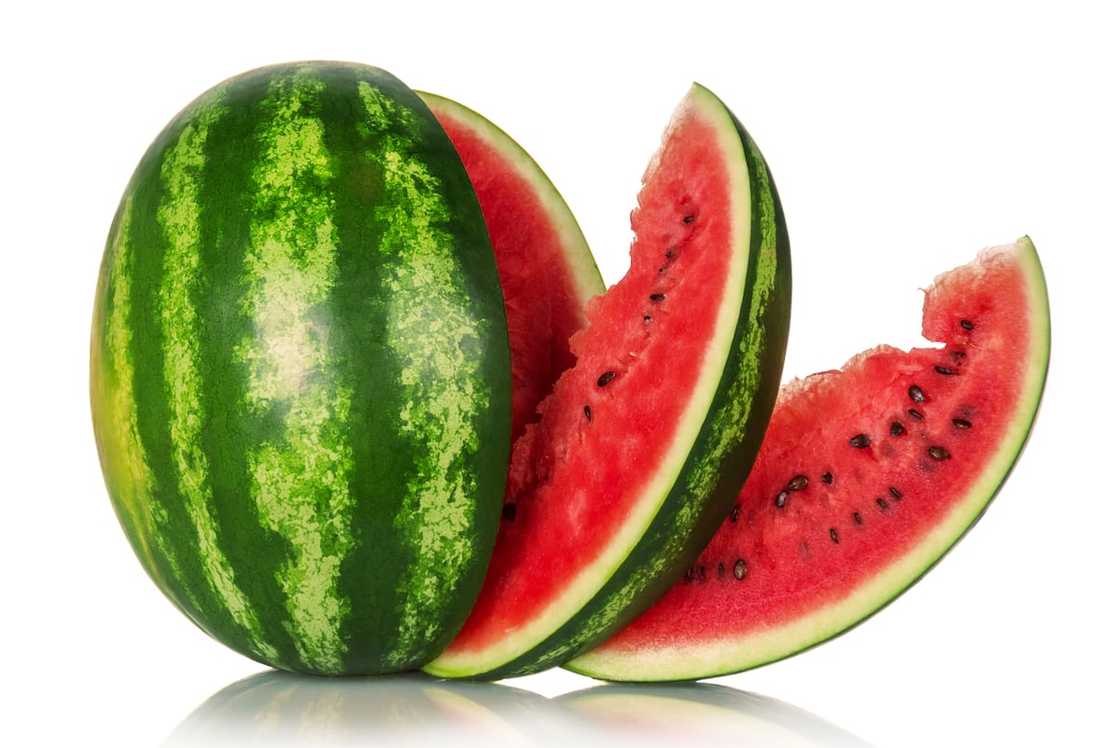
Source: UGC
All watermelon varieties share a distinct, mouth-watering, thirst-quenching, sugary flesh encased by a solid rind. Below are the four types of watermelons:
- Seedless watermelons: These hybrids only have white seed coats that won’t mature, eliminating the need to spit seeds out.
- Picnic watermelons: Named for their large size, these oblong-shaped, bright green melons have deep red flesh and black seeds and are the classic watermelon most people think of.
- Yellow-orange watermelons: These varieties have a honey-like flavour with flesh that ranges from yellow to orange.
- Icebox watermelons: Icebox watermelons are small, lighter melons made to feed fewer people. Two common varieties are the tiger baby and the sugar baby.
How do you tell if a watermelon is sweet or ripe?
A sweet watermelon should look symmetrical, be heavy for its size, make a deep sound resonating like a tenor when you knock on it, and have a large, yellow field spot.
How do you pick a good watermelon?
To pick a good watermelon, look for a creamy yellow spot on the rind and tap it to hear a deep, hollow sound. Also, choose one that feels heavy for its size.
Does watermelon get sweeter after you cut it?
Watermelons do not get sweeter after they are cut. Once harvested, watermelons do not continue to ripen or increase in sugar content. They may become juicier as the water content redistributes, but their sweetness will remain the same as when they were first cut.
Do watermelons ripen after picking?
Watermelons do not ripen after picking. Once harvested, watermelons do not continue to ripen or sweeten, so it is important to choose a ripe one at the store or market.
Selecting the perfect watermelon can transform a simple summer snack into a delightful and refreshing experience. However, picking the perfect watermelon can feel like going on a blind date, but it does not have to. The above simple tips on how to pick a watermelon will help you choose the sweetest and ripest watermelon every time.
READ ALSO: The most beautiful South African flowers you need to see
Briefly.co.za published an interesting article about the most beautiful South African flowers. South Africa has some of the most diverse, visually striking flora, with many native plants and flowers, such as the King Protea, gathering international recognition.
The most beautiful flowers in South Africa depend on what you find aesthetically pleasing. Still, many South African and native garden flowers are among the most beloved. What are the most striking indigenous flowers that South Africa has to offer? Check out this post to find out some of the most beautiful South African flowers.
Source: Briefly News

